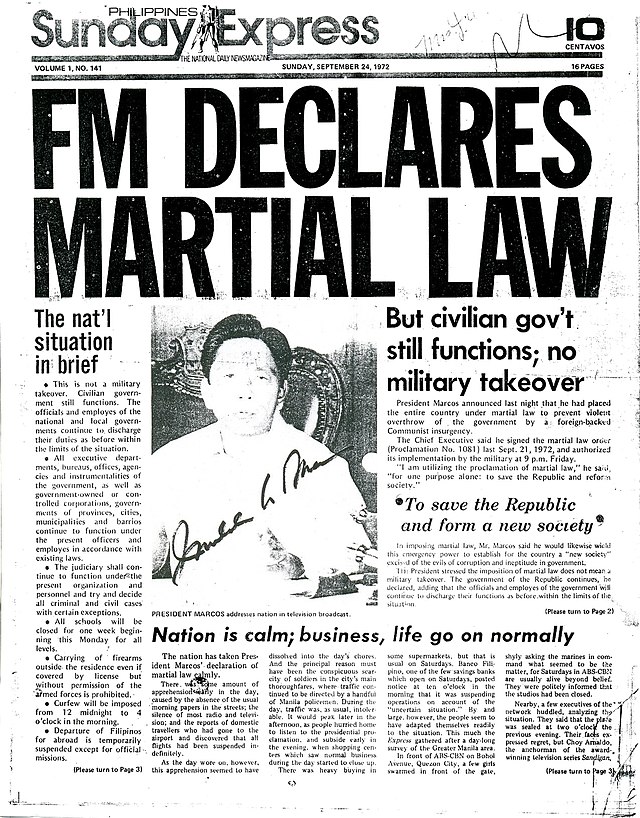News Articles - Truths
Table of ContentsThings about News ArticlesAbout News ArticlesThe Single Strategy To Use For News ArticlesGetting My News Articles To WorkThings about News Articles
Great knowledge of various subjects provides pupils an affordable side over their peers. Even though digital and social networks are readily obtainable, we ought to not neglect exactly how vital it is to read the papers. Moms and dads need to attempt and inculcate the routine of reading a newspaper as a day-to-day routine to continue the heritage of the adored print medium.Information tales also contain at least one of the complying with crucial attributes loved one to the intended audience: proximity, importance, timeliness, human rate of interest, strangeness, or effect.
Within these restrictions, news tales additionally intend to be detailed. Various other aspects are included, some stylistic and some obtained from the media type. Among the larger and more reputable newspapers, fairness and equilibrium is a significant variable in offering info. Commentary is typically restricted to a separate area, though each paper might have a various general slant.
Papers with a worldwide audience, for instance, often tend to utilize a more official style of writing. The details options made by a news electrical outlet's editor or content board are typically collected in a design guide; usual design guides consist of the and the US Information Style Book. The primary goals of information writing can be summarized by the ABCs of journalism: precision, brevity, and clearness.
Facts About News Articles Uncovered
As a rule, journalists will not use a long word when a brief one will certainly do. Information authors attempt to prevent utilizing the exact same word a lot more than when in a paragraph (in some cases called an "echo" or "word mirror").
However, headlines sometimes leave out the topic (e.g., "Leaps From Boat, Catches in Wheel") or verb (e.g., "Cat female fortunate"). A subhead (likewise subhed, sub-headline, subheading, subtitle, deck or dek) can be either a subservient title under the primary headline, or the heading of a subsection of the short article. It is a heading that comes before the primary text, or a team of paragraphs of the primary text.

Extra billboards of any of these kinds may show up later in the article (specifically on subsequent web pages) to lure further analysis. Such billboards are additionally used as reminders to the post in other areas of the magazine or site, or as promotions for the piece in various other publication or websites. Common framework with title, lead paragraph (summary in strong), various published here other paragraphs (details) and call information.

Instance of a hard-lead paragraph NASA is proposing another room job. The budget plan requests about $10 billion for the job.
An "off-lead" is the second most vital front page information of the day. To "bury the lead" is to start the article with background details or details of secondary value to the visitors, requiring them to read even more deeply right into a post than they should have to in order to find page the important factors.
News Articles Can Be Fun For Anyone
Common usage is that a person or more sentences each create their own paragraph. Journalists typically define the company or framework of a newspaper article as an inverted pyramid. The necessary and most intriguing components of a story are put at the beginning, with supporting info adhering to in order go to this website of diminishing significance.
It enables individuals to check out a subject to just the deepness that their inquisitiveness takes them, and without the charge of information or subtleties that they can take into consideration irrelevant, but still making that information available to more interested viewers. The inverted pyramid framework likewise enables articles to be trimmed to any approximate size throughout design, to suit the area offered.
Some authors begin their stories with the "1-2-3 lead", yet there are lots of kinds of lead readily available. A kicker can refer to several things: The last story in the information broadcast; a "pleased" tale to finish the program.
Longer articles, such as magazine cover write-ups and the pieces that lead the inside areas of a paper, are referred to as. Feature tales differ from straight information in a number of ways. Foremost is the lack of a straight-news lead, a lot of the moment. Rather than providing the significance of a story in advance, attribute writers might attempt to entice visitors in.
The Only Guide to News Articles
The journalist commonly information interactions with interview topics, making the item more personal. An attribute's initial paragraphs frequently associate an intriguing moment or event, as in an "unscientific lead". From the details of an individual or episode, its sight promptly expands to generalizations concerning the story's subject. The section that indicates what an attribute is around is called the or signboard.

The Editor's Tool kit: A Recommendation Guide for Beginners and Professionals (2001) Allan M. Siegal and William G. Connolly. The New York City Times Manual of Design and Usage: The Authorities Style Overview Used by the Writers and Editors of the World's Most Reliable Newspaper (2002) M. L. Stein, Susan Paterno, and R.
Comments on “Not known Details About News Articles”